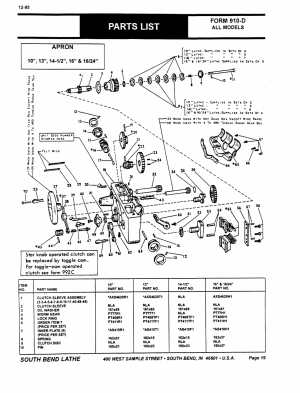- Joined
- Jan 28, 2022
- Messages
- 829
I don't know If it was mentioned but the lathe you have cannot run the spindle CW (reverse) without devising a locking pin. If you do run CW you/ll walk the chuck or face plate off the spindle. I would like to suggest you stop watching u-tube, those guys are too advanced for you at this point and can be somewhat confusing. Learn from you setbacks and needs and above all don't get hurt. Most of the members here are retired machinists or worked around or on machines all their lives and are a smart bunch who know their **** so you'll learn a lot here.
Last edited:



